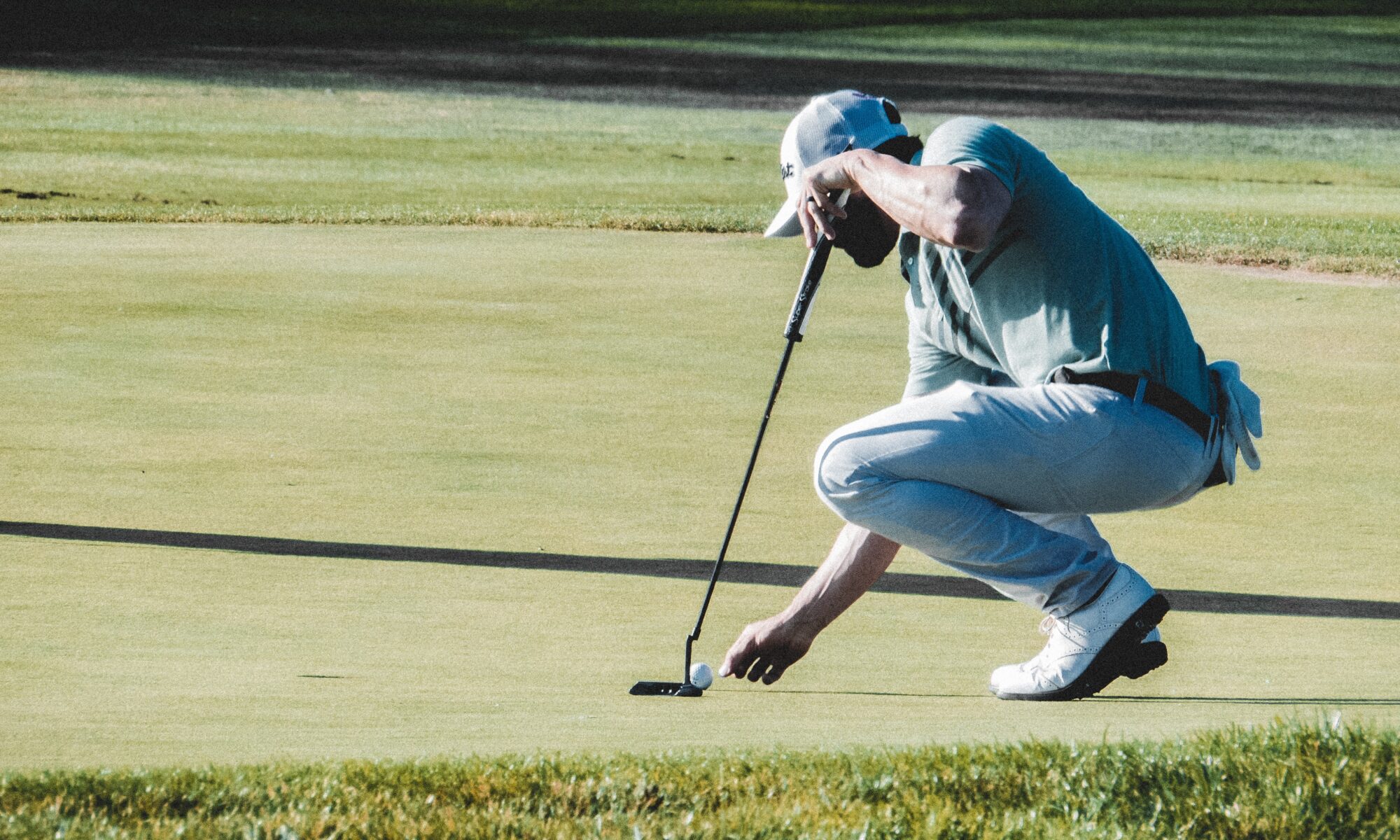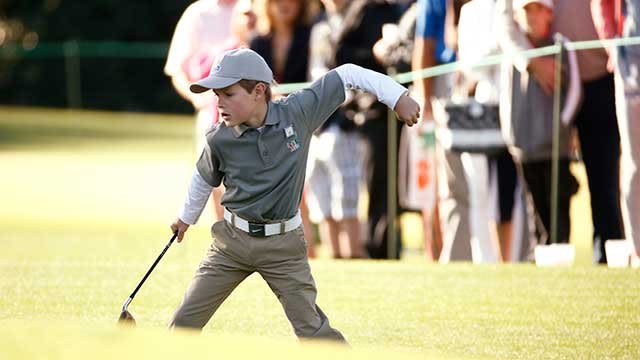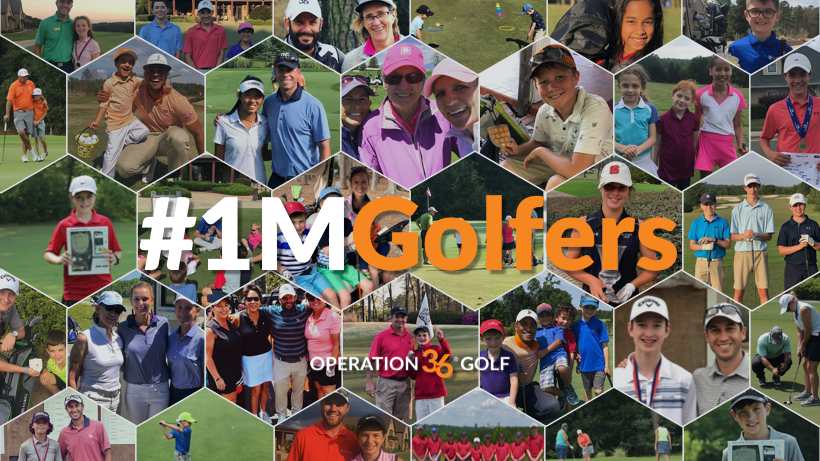A Beginner’s Guide
By Kevin Cotter, PGA
Topping the golf ball is a common issue for golfers, especially beginners. The good news is that it’s entirely fixable. If your shots are skimming across the grass, aka “worm burners,” instead of soaring into the air, don’t worry—you’re not alone. With some practice and adjustments, you’ll hit solid shots in no time. Let’s break down why this happens and how you can cure it.
What Does It Mean to Top the Golf Ball?
Topping the golf ball occurs when the clubface strikes the ball above its equator, causing it to roll or bounce along the ground rather than take flight. This problem stems from several common mistakes, including poor posture, improper ball position, and an inconsistent swing path.
Common Causes of Topping the Ball
- Standing Too Tall or Too Close: If you’re standing too upright or too close to the ball, your swing arc can become shallow, leading to poor contact.
- Poor Weight Transfer: Failing to transfer your weight correctly during the swing can cause you to rise through impact.
- Ball Position: Placing the ball too far forward or backward in your stance disrupts your ability to make solid contact.
- Lifting Your Head or Body: Trying to “see” your shot before it happens can cause you to lift your head or upper body, altering your swing path.

Steps to Cure Topping the Ball
Perfect Your Posture
Solid posture is the foundation of any good golf shot, especially during set-up. Bend slightly at the hips, keeping your back straight, and your knees flexed. Ensure your arms hang naturally and your clubface rests squarely behind the ball.
Pro Tip: Avoid hunching over or standing too upright. Your posture should feel athletic and balanced. Your upper body should be straight yet tilted from the hips over the ball and maintained throughout the swing.
Check Your Ball Position
The ball’s position relative to your feet should vary depending on your club. For irons, position the ball closer to the middle of your stance. For the driver, align it with your lead foot’s heel.
Focus on Weight Transfer
Shift your weight to your back foot during the backswing and your front foot during the downswing. This movement ensures a downward strike, allowing you to properly compress and launch the ball. If your weight remains too far back, the club will be encouraged to begin working up through the ball.
Keep Your Head and Upper Body Tilt Steady
Maintain focus on the ball throughout your swing. Avoid the urge to lift your head or upper body before impact, which can cause you to come up and away from the ball, resulting in a topped shot.
Practice a Descending Blow
Strive to hit the ball with a descending blow, striking it before the ground. Hitting down through the ball with your irons creates crisp, clean contact while increasing the spin rate for softer landing shots.
Bonus Tip: Drills to Fix Topping
- Tee Drill: Place a tee slightly above ground level and practice hitting it with your iron. This will help you perfect a downward strike.
- Alignment Stick Drill: Use an alignment stick to ensure your ball position and swing path are consistent.
Conclusion
Topping the golf ball can be frustrating, but it’s a challenge you can overcome with the right adjustments and practice. You’ll soon hit solid, high-flying soft landing shots by focusing on maintaining posture, correct ball position, and weight transfer. Remember, every golfer has struggled with this at some point, so stay patient and keep practicing/habituating. Before long, you’ll leave topped shots in the past and enjoy the thrill of solid ball-striking!
For more help improving your golf game, visit kevincottergolf.com.





